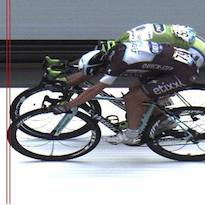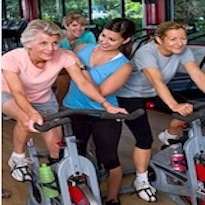Instructors: Different Styles But Unified Approach
Today I received an e-mail from ICA member Shayne who sent me an example of his club’s Group Fitness Class Conduct Guide for Spinning. It gave me an idea to get others to submit their facility’s instructor guidelines or a sample of what it contains. Or, if you don’t have one, let me know in the comments what you wish your club/studio would do to keep your team teaching a similar approach while still encouraging different styles. Next week, I’ll post these samples along with Shayne’s, so you can use them as a template to create your own or suggest to your group fitness director to create one.Read more…










